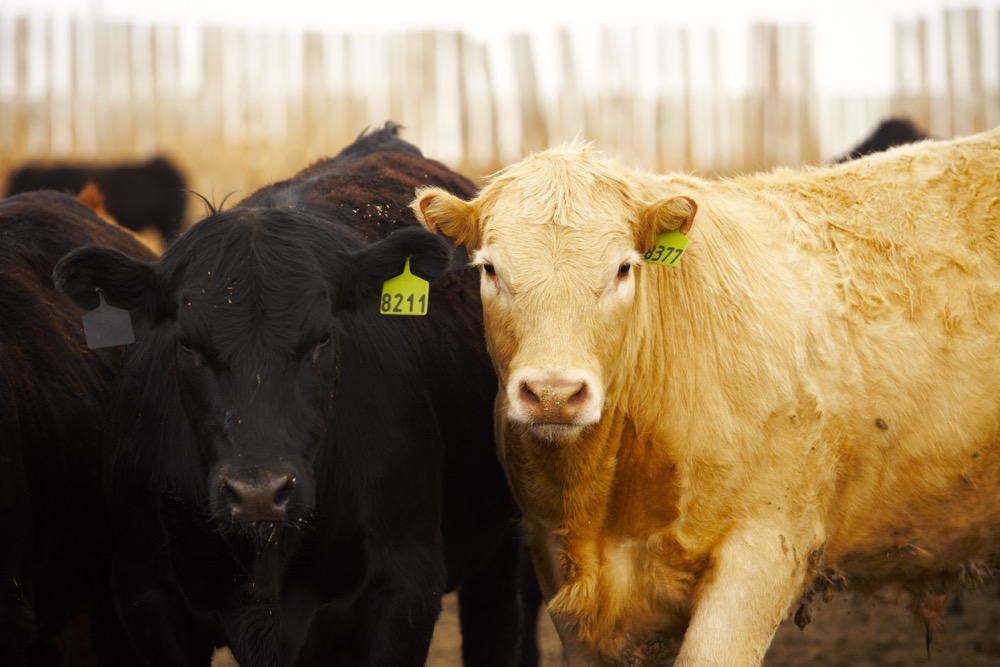
“Many industry watchers thought hitting $170 was going to be tough earlier in the year, but now the market has surpassed $180.” The weekly 5-area average price will certainly set a new record high as prices exceeded those received in the middle of April,” Griffith says. “Prices in the South proved to be extremely strong as packers are competing a little more for those cattle. A moderate growth speed would support prices for a longer period while a rapid growth speed will drive prices into the pits of despair as supply increases rapidly in three years.”įinished cattle prices continue to increase, providing cattle feeders with a healthy marketing check. “There is no way to predict what cattle prices will look like in five years, but the price levels being anticipated the next 12 months scream and shout herd expansion at as fast of a rate as possible. “There certainly will be some who prefer this, but most cattle producers would prefer a stable market that provides a respectable profit per head produced. “How many people want two really good years followed by three not so good years?” he says. Griffith is concerned about a repeat of the 2016-18 period, which followed strong cattle prices in 20. However, if cash prices reach such a level in today’s economic environment, it will likely do more harm to cattle industry participants than good over the next five to eight years.” “There is no reason to say the prices represented on the futures market are not attainable. “For anyone in the cattle industry who thinks it would be good for cattle prices to reach the level the futures market is pricing for feeder cattle in late summer and fall, please do not whine or complain when the market price does a 180-degree turn and is terrible for a time,” he says in his weekly market outlook. Keynote speaker was Temple Grandin, Ph.D., Colorado State University, who discussed grazing cattle, sheep and goats that are part of a sustainable agriculture future.Andrew Griffith, Extension ag economist with the University of Tennessee, says for every action, there is an equal and opposite reaction. The South Central cow-calf clinic, sponsored by AgriLife Extension, drew hundreds of beef cattle producers from Austin, Brazos, Burleson, Colorado, Fayette, Grimes, Lee, Waller and Washington counties.Ī scholarship raffle with $34,000 in prizes was also held to support youth in sponsoring counties and the cow-calf clinic youth program. “When do people quit buying because the price point is too high?” Attendees throughout region “You do have some consumers in a bind,” he said. However, Anderson said, the effects of inflation have caused some consumers to cut back or become choosier with grocery purchases. That demand is helping keep cattle prices high and helping to offset the higher production costs. Strong consumer demandĬonsumer demand continues to be steady as these record amounts of beef are being produced due to the forced selling in drought-stricken regions. “We’ve placed a lot more light-weight animals, and there are fewer total cattle on feed than a year ago,” he said. cattle inventory number comes out, I think we will have at least 3% fewer cows.” “We are getting a little more beef from dairy, and with regards to beef cows, we are culling a bigger percentage of the herd. “Right now, we are producing a record amount of beef,” he said. beef production is on track to eclipse 28 billion pounds.

This is resulting in the biggest slaughter since 2012, which is about 80,000 cows a week, Anderson said. Right now, there’s more value in heavier-weighted calves. “Drought is really affecting where wheat pasture is planted,” he said.

“We will likely see over $2 a pound in 2024 for 550-weight calves simply because there are fewer cattle, tighter supplies.”Īnderson said that’s being driven by more cull cows and heifers being slaughtered due to the drought.

“In a couple of years, we will be talking about record calf prices again,” he said. Production costs have also increased faster than calf prices.” Drought-related culling affects future calf pricesĪnderson’s price outlook calls for tighter supplies of cattle going into 2023. High corn prices will lead to a high feed cost environment into next year. The reason we have culled so many cows this year is because of drought and the cost of corn. “Drought affects all aspects of the cattle business. “Most of the country is in some form of drought,” David Anderson, AgriLife Extension economist in the Texas A&M Department of Agricultural Economics, Bryan-College Station, told attendees at the recent South Central Texas Cow-Calf Clinic in Brenham. Higher calf prices are projected for 2023, a result of drought conditions in Texas and throughout the U.S.


 0 kommentar(er)
0 kommentar(er)
